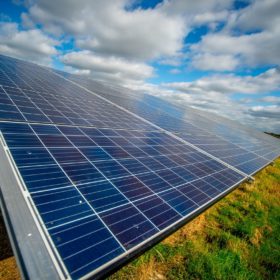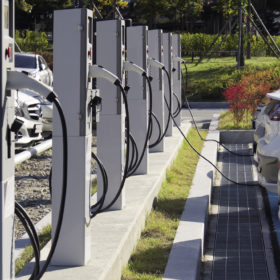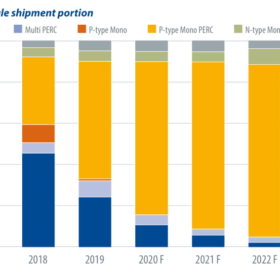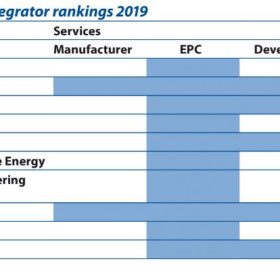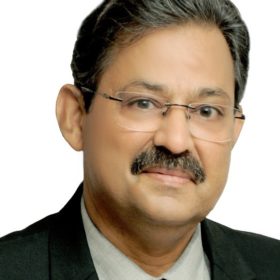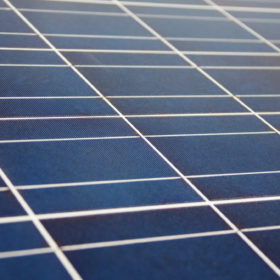The potential for UK solar
Focusing on the big picture is always challenging, particularly in light of the current all-consuming coronavirus pandemic. However, there are some key issues related to the U.K. solar sector, which will feature significantly on the domestic agenda in the months ahead.
Why has the M&A landscape struggled to take off for renewables in Vietnam?
The Vietnamese renewables industry has been flourishing lately. Taking the example of the solar sector, the installed capacity increased from barely 134 MW in 2018 up to 6,000 MW in 2020. Vietnam has definitely emerged as one of the most active countries in South-East Asia and with the merit of diversifying its energy mix. They added capacity not only in solar – utility scale, commercial & industrial (C&I) rooftop – but also onshore/nearshore wind, hydro and to some extent biomass energy projects. Vietnam has shown levels of dynamism which has attracted initial investor interest.
Prospects for bifacial and large-format products
The pandemic and accidents at polysilicon labs in China’s Xinjiang region put PV manufacturers under pressure to maintain production this year, while slowing cell and module R&D. After half-cut and multi-busbar becomes commonplace, manufacturers will continue to explore the high-density assembly methods that emerged last year, as well as n-type cells. But the market is also shifting to large formats, and the share of bifacial products is growing this year. As sizing up modules can bring immediate returns, PV InfoLink’s Amy Fang expects the PV industry to prioritize the development of large formats and bifacial products next year.
Reform meets opposition
Since President Andrés Manuel López Obrador’s election at the end of 2018, renewable energy in Mexico has faced an uncertain regulatory environment. The current government is focused on restoring the power and influence of Mexico’s state-owned energy companies. But it is now at a crossroads, as the previous administration aimed to open the segment up to foreign investment. Maria Chea of IHS Markit examines the policy decisions the government has taken this year and how these have soured private investor sentiment. These changes will likely weigh on utility-scale PV procurement in the country through 2024.
Law and taxes in for e-mobility charging infrastructure in Germany
Electromobility: The legal and fiscal issues involved in setting up charging infrastructure can be stumbling blocks for ambitious projects. Among other things, one has to consider charging pole regulation, and energy industry and renewable energy laws, says attorney Dirk Voges from Germany-based law firm Weitnauer, and his colleague Stefan Zagel, tax consultant in Ebner Stolz.
N-type market growth
Several manufacturers recently brought average mono PERC cell efficiency to 22.5%, and efficiencies will likely go beyond 22.6% in the second half of this year. This suggests that p-PERC cell efficiency could be brought closer to that of n-type, making it more difficult for n-type cells to compete in the increasingly challenging market. Taking costs and market conditions into account, most manufacturers have slowed their capacity expansion plans, leading to a gap between actual output and production capacity. PV InfoLink’s Wells Wang sheds some light on n-type trends in 2020.
Hydrogen and lithium-ion: Europe’s key to a green recovery
The promise of hydrogen as the energy source of the future has long been deliberated by manufacturers, climate professionals, and political figures. These discussions have intensified following the European Commission’s economic recovery package, which features a focus on kick-starting a clean hydrogen economy in Europe. Nikolaos Tsiouvaras, R&D director at Systems Sunlight S.A., a Greek manufacturer of industrial and advanced technology batteries for the energy storage industry, explores storage in Europe.
Reshuffle at the top, as new markets arise
A new wave of consolidation and some reshuffling is underway among market leaders in the solar EPC space, writes IHS Markit’s Josefin Berg. In 2019, the 30 largest EPC providers globally installed 28 GW of non-residential PV, representing 26% of the total market. This increase from 21% in 2018 stems mainly from a growing concentration in the Chinese PV market, as well as integrator concentration in rapidly growing markets like Spain and Vietnam.
Mitigating supply chain risks
Rajendra Khandalkar, group head of supply chain management at India-based infrastructure engineering, procurement and construction services company Sterling and Wilson, has spoken to pv magazine India about learning from the Covid-19 crisis and the importance of smart supplier management to bolster company resilience.
Safely meeting demand for renewable energy with innovative material design for health and sustainability
Clean energy is critical to solving our climate crisis. But we need to consider the full environmental and human health impacts of solar energy generation across its entire lifecycle, including mining, manufacturing, use, decommissioning and recycling. This requires us to identify critical stages in the production process, and how choices in materials and chemicals at different stages of production influence each other.
